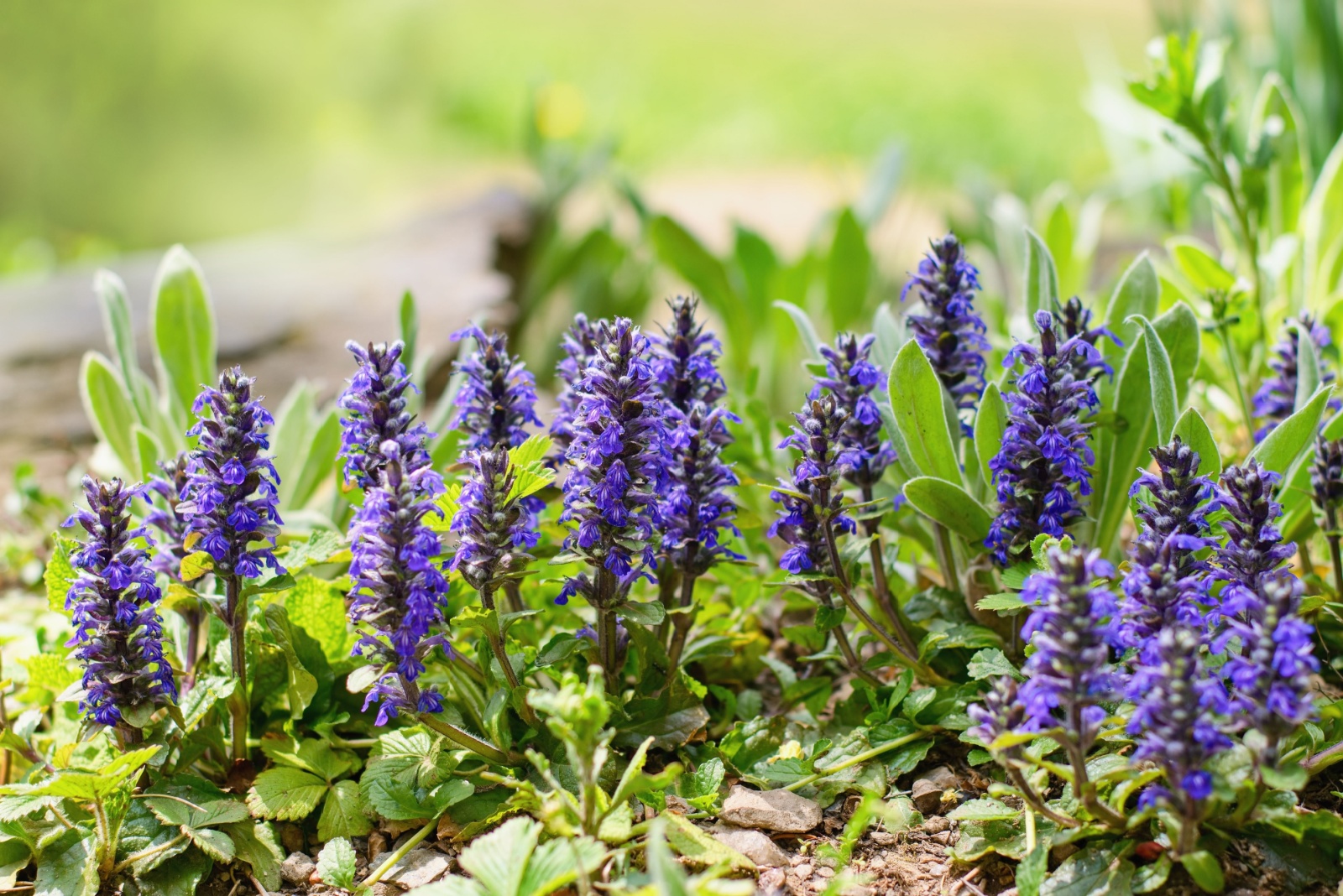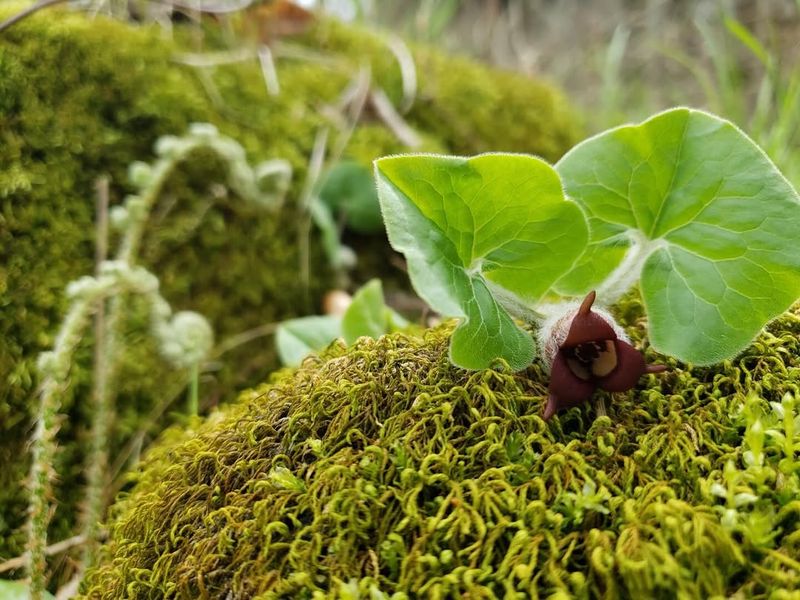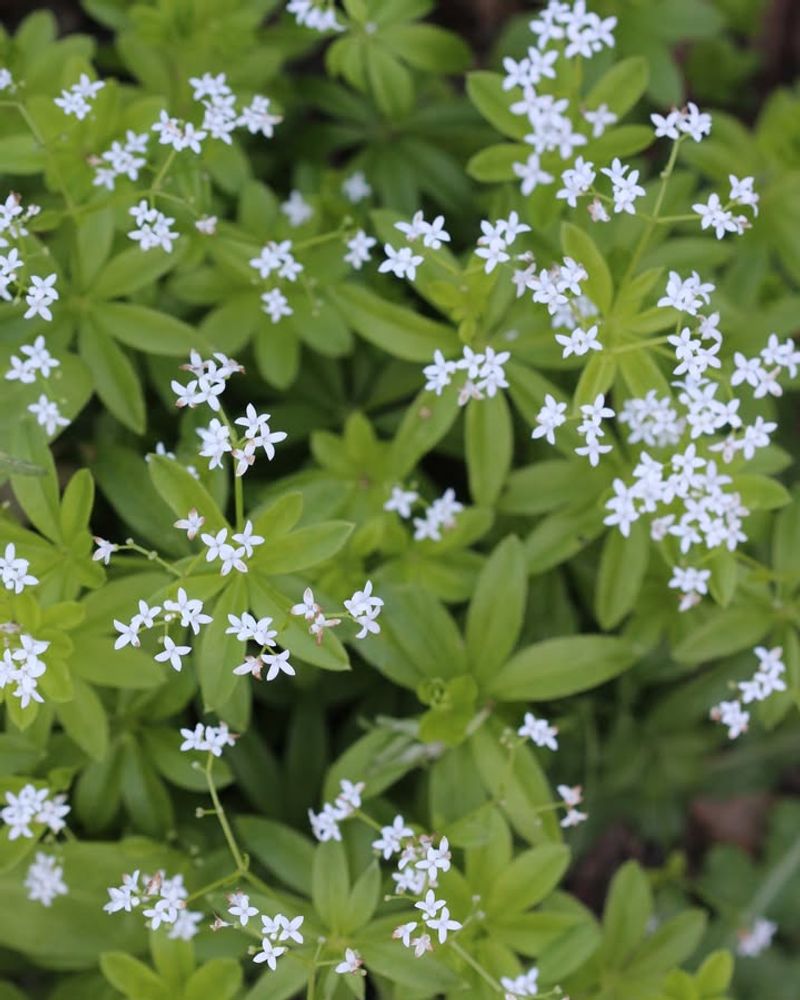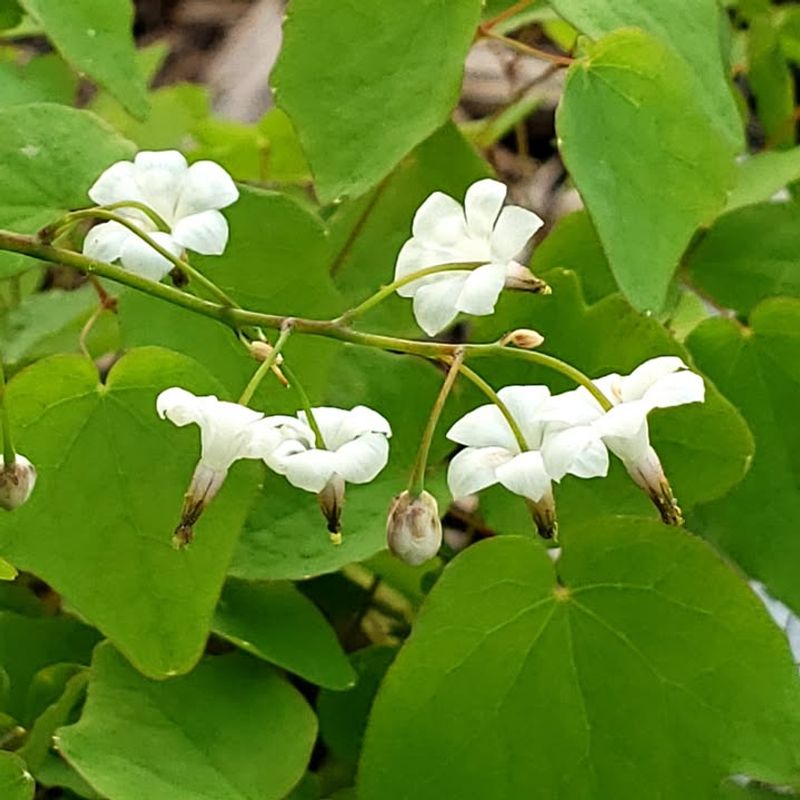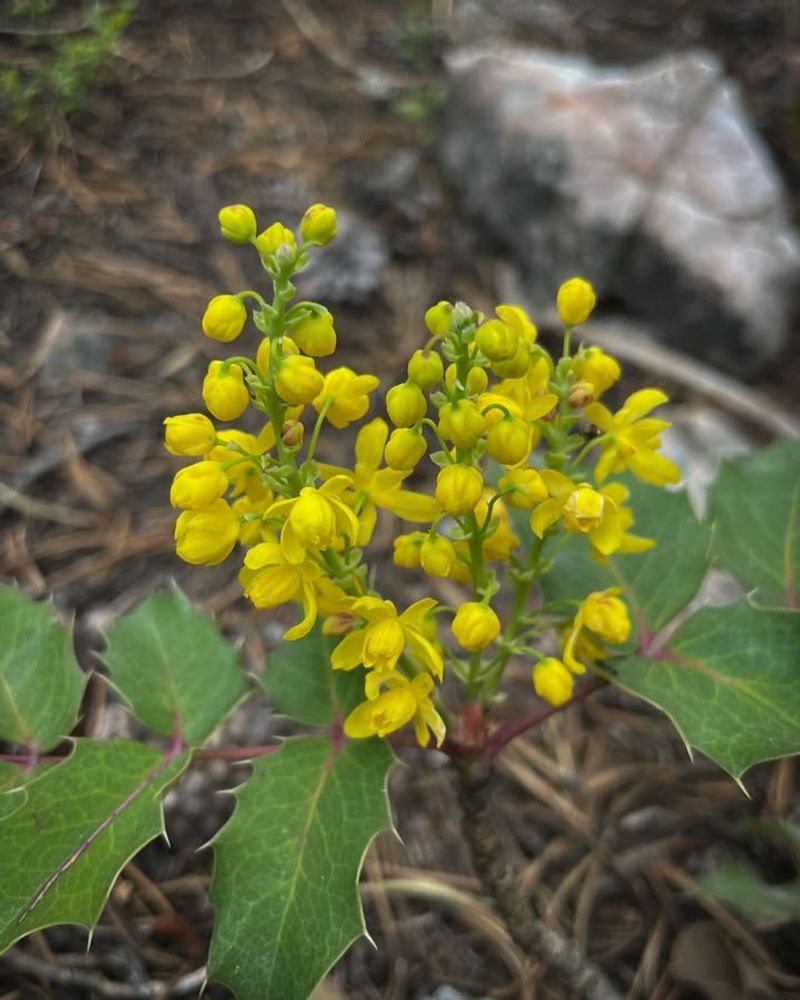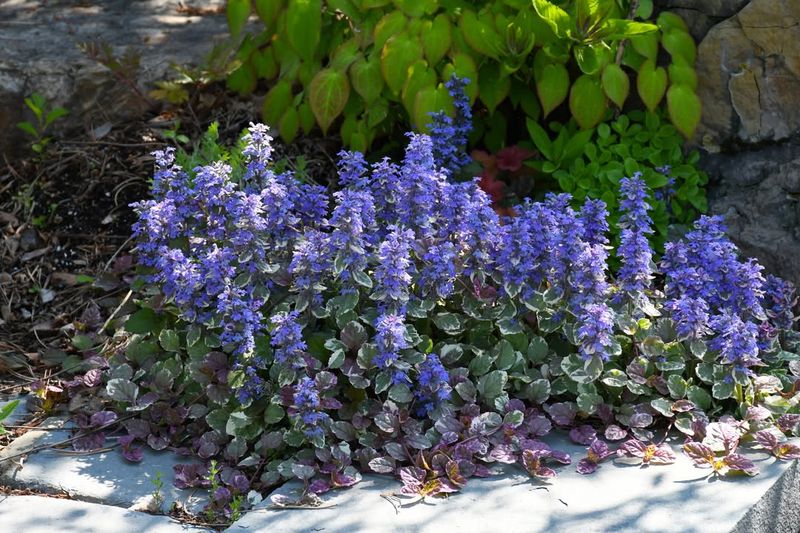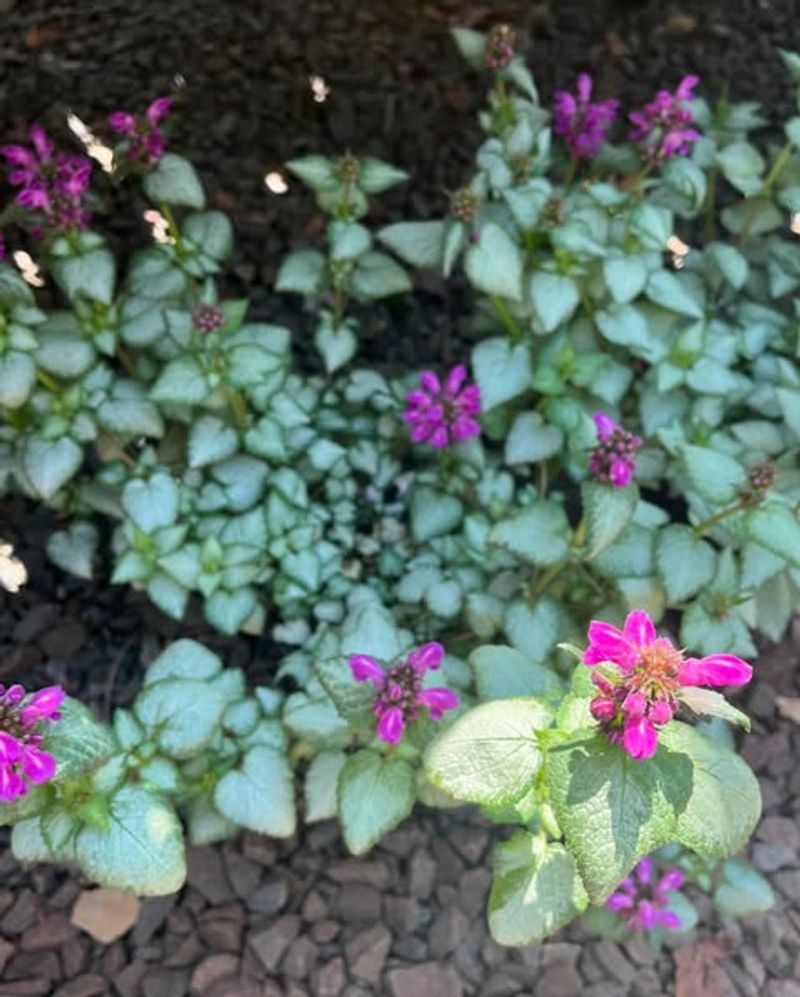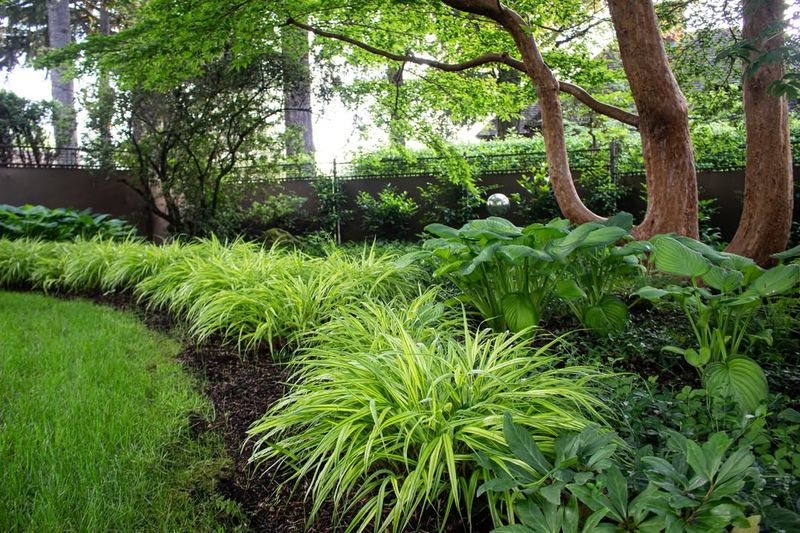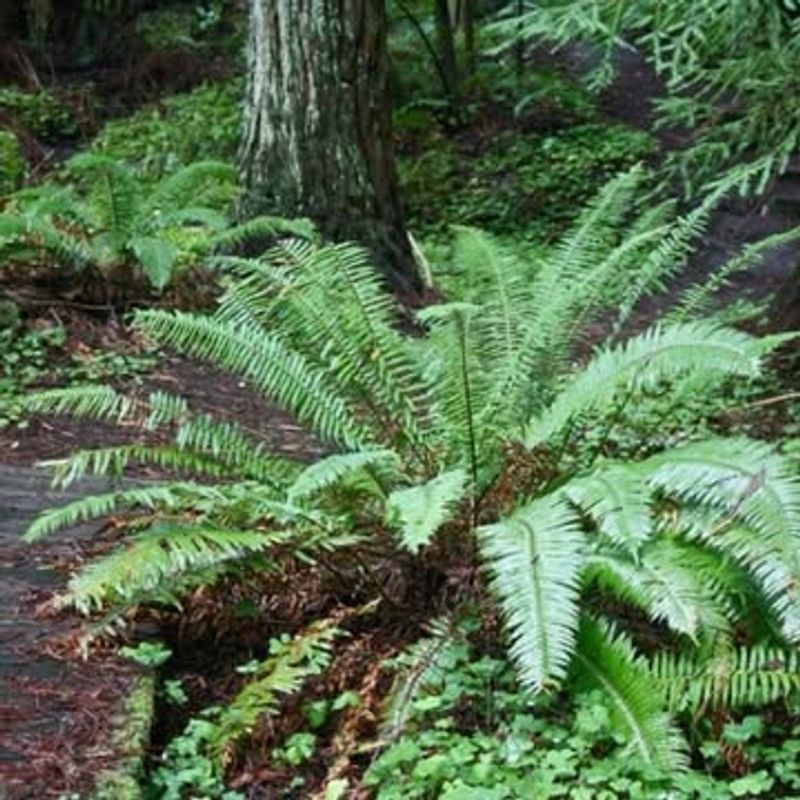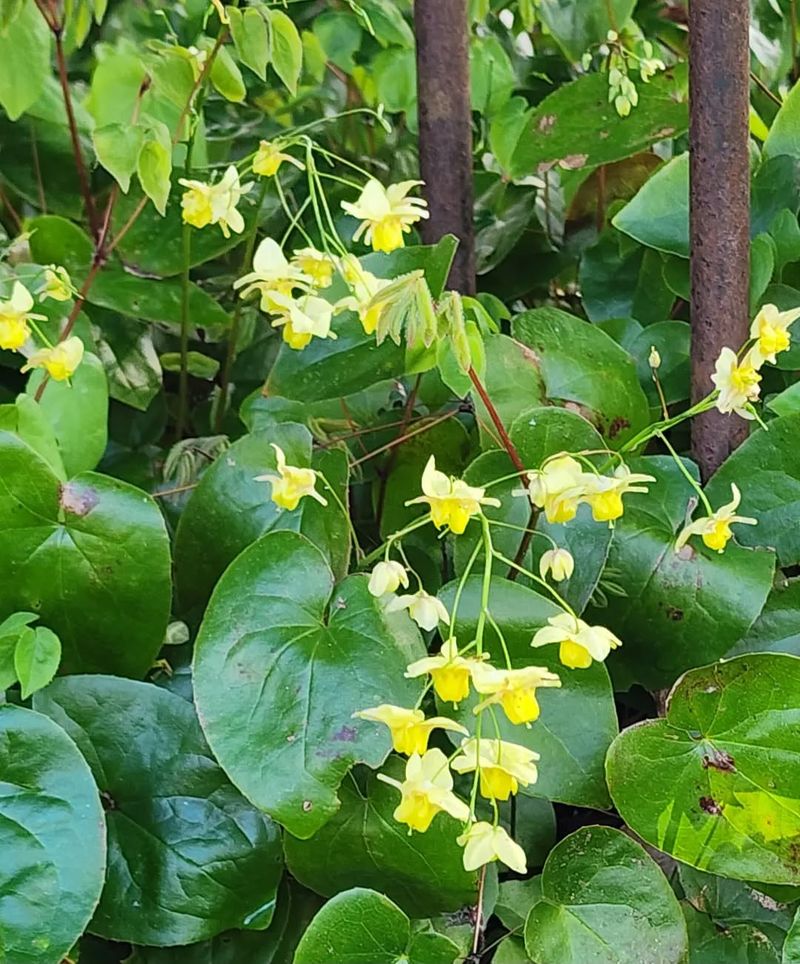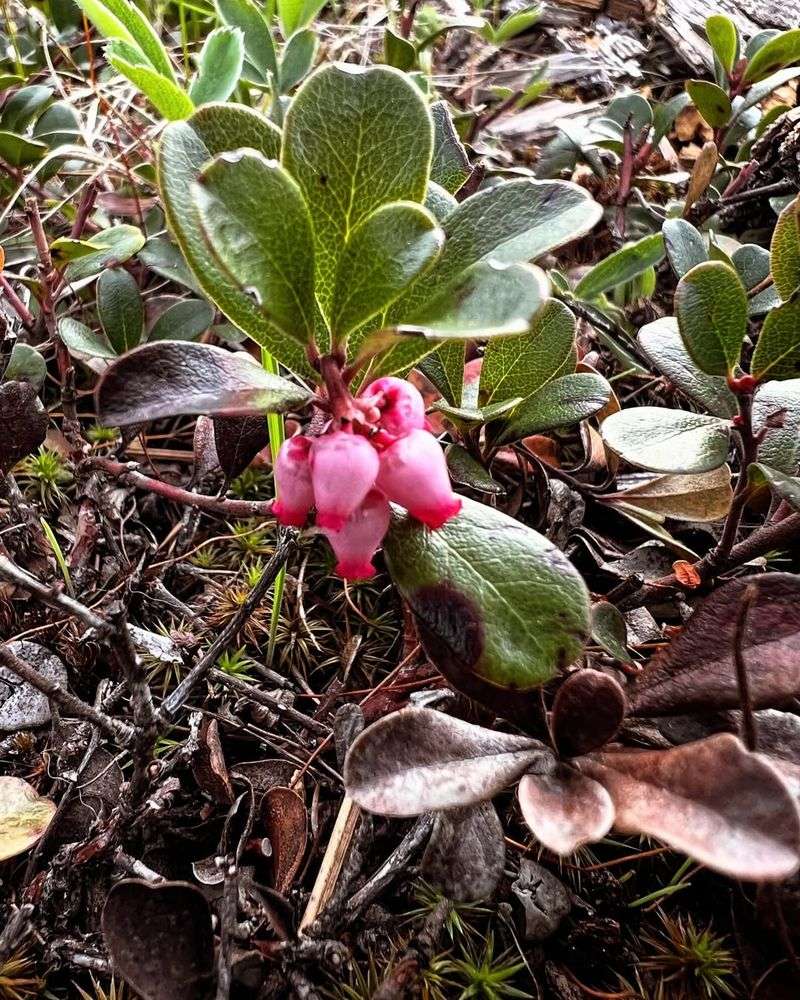Finding the right plants for shady spots under trees can be tricky, but Oregon gardeners have plenty of great options. Ground covers help prevent weeds, reduce erosion, and make your yard look beautiful even in low-light areas.
With Oregon’s mild, rainy climate, certain ground covers absolutely thrive beneath those towering shade trees, turning bare soil into lush green carpets.
1. Wild Ginger
Oregon native wild ginger creates a lush carpet of heart-shaped leaves that smell spicy when crushed. This evergreen beauty spreads slowly but steadily, filling bare spots under Douglas firs and maples with its glossy foliage.
Deer tend to leave it alone, making it ideal for woodland gardens. Small burgundy flowers hide beneath the leaves in spring, adding a secret charm.
Wild ginger tolerates dry shade once established and needs minimal care throughout the year.
2. Sweet Woodruff
Fragrant and charming, sweet woodruff releases a vanilla-like scent when its leaves are dried or brushed against. Delicate white star-shaped flowers appear in late spring, creating a magical woodland effect beneath your trees.
This European native adapts beautifully to Oregon’s climate and spreads enthusiastically without becoming invasive. It grows about six inches tall and forms thick mats that suppress weeds effectively.
Sweet woodruff prefers moist soil and handles deep shade remarkably well.
3. Vancouveria
Sometimes called inside-out flower, vancouveria is a Pacific Northwest treasure with delicate foliage that resembles tiny umbrellas. Airy white or yellow blooms dance above the leaves on thin stems during late spring and early summer.
This native plant spreads through underground rhizomes, creating elegant colonies under cedars and hemlocks. Vancouveria handles Oregon’s dry summers surprisingly well once its roots establish.
The foliage turns bronze in winter, adding seasonal interest to shaded areas.
4. Creeping Oregon Grape
Low-growing and tough, creeping Oregon grape offers year-round interest with its holly-like evergreen leaves. Bright yellow flower clusters emerge in spring, followed by blue-purple berries that birds absolutely love.
Unlike its taller cousin, this variety stays under one foot high and spreads nicely beneath oaks and pines. The foliage often turns burgundy or bronze during cold months, creating stunning winter color.
Creeping Oregon grape handles drought and poor soil better than most shade plants.
5. Ajuga
Bold and colorful, ajuga brings vibrant foliage to dim corners where other plants struggle. Varieties range from deep purple to bronze, chartreuse, or variegated patterns that brighten shadowy spots instantly.
Blue, purple, or pink flower spikes rise above the rosettes in spring, attracting bees and butterflies. Ajuga spreads quickly through runners, making it perfect for covering large areas fast.
This hardy ground cover tolerates foot traffic reasonably well and stays evergreen through Oregon winters.
6. Lamium
Cheerful lamium lights up dark spaces with silvery or variegated foliage that almost glows in low light. Pink, white, or purple hooded flowers bloom generously from spring through fall, providing continuous color.
Also called dead nettle, this European import behaves well in Oregon gardens without becoming weedy. Lamium forms neat mounds about eight inches tall and spreads moderately to fill gaps.
It handles dry shade decently and looks fresh even during hot summer months.
7. Japanese Forest Grass
Graceful and elegant, Japanese forest grass brings a fountain-like texture to shaded areas with its cascading golden or variegated blades. This ornamental grass sways gently in breezes, adding movement and softness beneath trees.
Unlike typical grasses, it thrives in shade and appreciates Oregon’s moisture-rich environment. Japanese forest grass grows in neat clumps rather than spreading aggressively.
The foliage glows beautifully when backlit by dappled sunlight filtering through tree canopies above.
8. Sword Fern
A Pacific Northwest icon, sword fern brings authentic woodland character to any shaded yard. Tall, arching fronds stay green year-round, creating dramatic texture beneath cedars, firs, and maples.
This native fern tolerates deep shade and dry conditions better than most ferns, making it incredibly reliable. Sword ferns can grow quite large, reaching three feet tall and wide when happy.
They require virtually no maintenance once established and look natural alongside other native plants.
9. Epimedium
Delicate yet surprisingly tough, epimedium produces dainty flowers in shades of yellow, pink, red, or white each spring. Heart-shaped leaves emerge bronze or red, then turn green before taking on coppery tones in fall.
Also known as barrenwort or fairy wings, this Asian native adapts wonderfully to Oregon’s climate. Epimedium spreads slowly through rhizomes, forming weed-suppressing colonies under challenging conditions.
Once established, it handles dry shade and root competition from trees remarkably well.
10. Kinnikinnick
Rugged kinnikinnick hugs the ground tightly with its glossy evergreen leaves and woody stems. Small pink urn-shaped flowers bloom in spring, followed by bright red berries that persist through winter.
This Pacific Northwest native handles poor soil, drought, and dense shade with impressive resilience. Kinnikinnick grows slowly but forms durable mats that last for decades once established.
It works beautifully on slopes under trees where erosion control matters most to Oregon homeowners.

